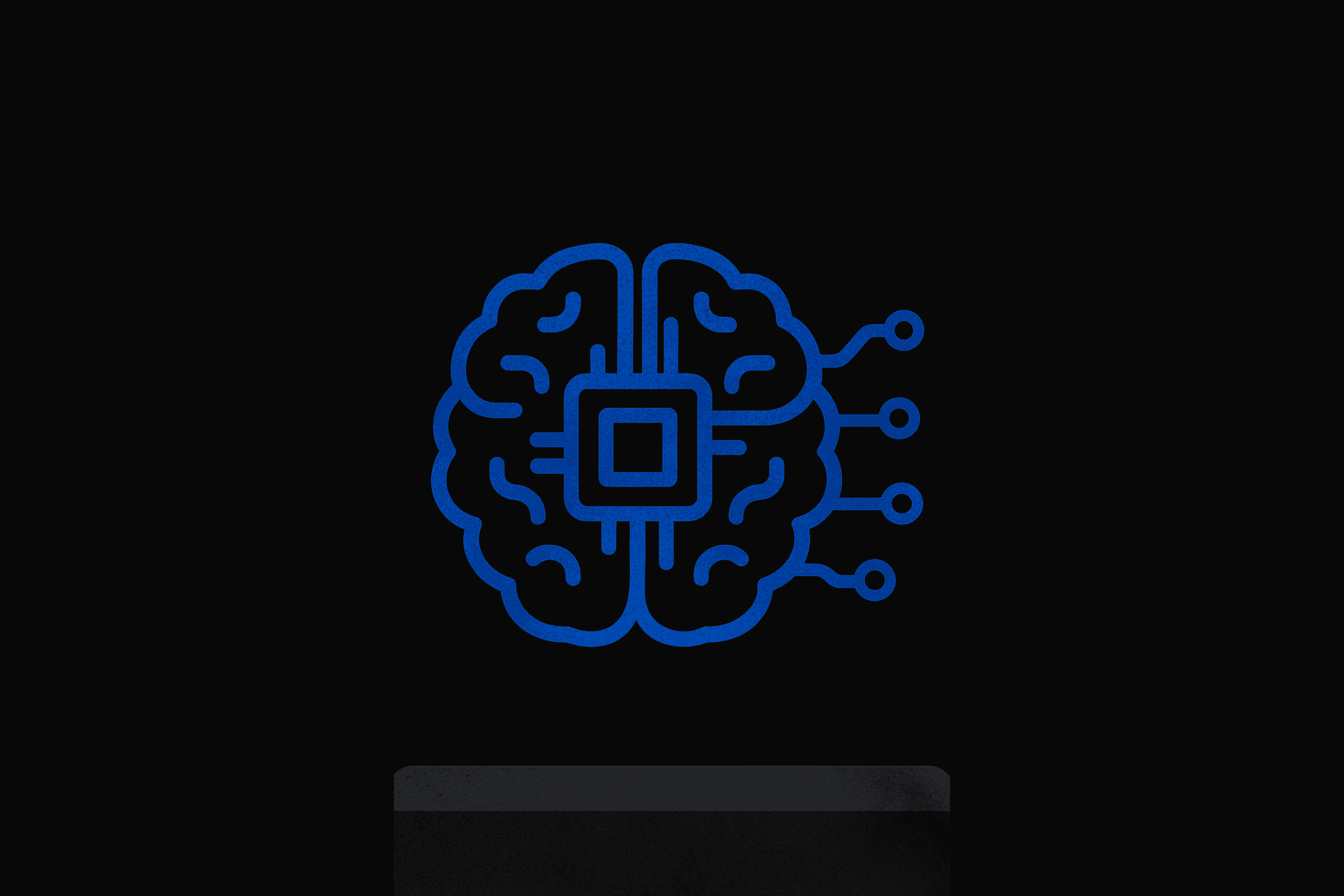
Digital payment fraud has become a serious problem for fintech companies. Fraudsters constantly develop new tactics to exploit system vulnerabilities, and traditional rule-based detection methods can no longer keep up with these increasingly complex schemes. This gap in security has pushed the industry toward artificial intelligence as a solution. Research shows that AI can reduce fraud losses by up to 20% by 2025, giving companies a tangible reason to invest in this technology.
AI fraud detection uses algorithms to automatically analyze transaction data and identify patterns that indicate fraudulent activity. According to DataDome's 2025 review, these systems employ machine learning and behavioral analysis to distinguish between legitimate users and fraudulent actors in real time. The technology processes millions of data points simultaneously, including transaction amounts, locations, device information, and user behavior. This comprehensive approach allows AI to spot anomalies that human analysts or conventional software would miss entirely.
Real-world results demonstrate why financial institutions have embraced this technology. SuperAGI reported a 45% reduction in fraud rates and a 30% drop in false positives after implementing their AI system. The speed advantage matters too. AI enables real-time monitoring that can analyze transactions instantly and block suspicious activity within milliseconds, preventing money from leaving accounts before damage occurs.
The adaptive nature of these systems addresses a critical weakness in older fraud detection methods. Traditional rule-based systems require manual updates whenever fraudsters change tactics. AI systems instead learn continuously from new data and automatically adjust their detection methods. This self-improving capability has become essential as threats evolve. Feedzai's 2025 AI Trends report reveals that over 50% of financial fraud now involves AI-powered techniques such as deepfakes and synthetic identities, sophisticated attacks that demand equally sophisticated defenses.
False positives have long frustrated both banks and customers. When legitimate transactions get incorrectly flagged as fraud, customers face declined payments and inconvenience. KPMG's research shows how AI-driven risk profiling uses trust scores based on historical behavior and transaction patterns to enable more accurate fraud risk assessments. This nuanced approach means fewer legitimate transactions get blocked while actual fraud still gets caught.
Research commissioned by Mastercard surveyed 300 fraud and risk executives and uncovered striking numbers. Firms lose an average of $60 million annually to fraud. The study found that 42% of issuers and 26% of acquirers saved over $5 million in just two years by deploying AI in fraud prevention. These savings become even more significant when considering the operational efficiency gains. KPMG's feedback-loop approach demonstrates how customer data continuously refines detection algorithms, making the systems more accurate over time without requiring proportional increases in human oversight.
Feedzai reports that 90% of banks now use AI to combat fraud. This widespread adoption reflects both the technology's proven effectiveness and the severity of the threat landscape. Financial institutions cannot afford to remain on traditional systems when fraudsters themselves have begun weaponizing AI. The technology arms race has pushed AI from an experimental tool to a fundamental requirement for secure payment processing.
Implementation comes with genuine obstacles. These systems require access to sensitive personal and financial information, raising legitimate data privacy concerns. Organizations must balance the security benefits of AI with their responsibilities to protect customer data and comply with regulations like GDPR. The technical demands also create ongoing costs. AI models need continuous retraining with new data to maintain effectiveness as fraudsters adapt their methods. This requires sustained investment in infrastructure, specialized talent, and computational resources.